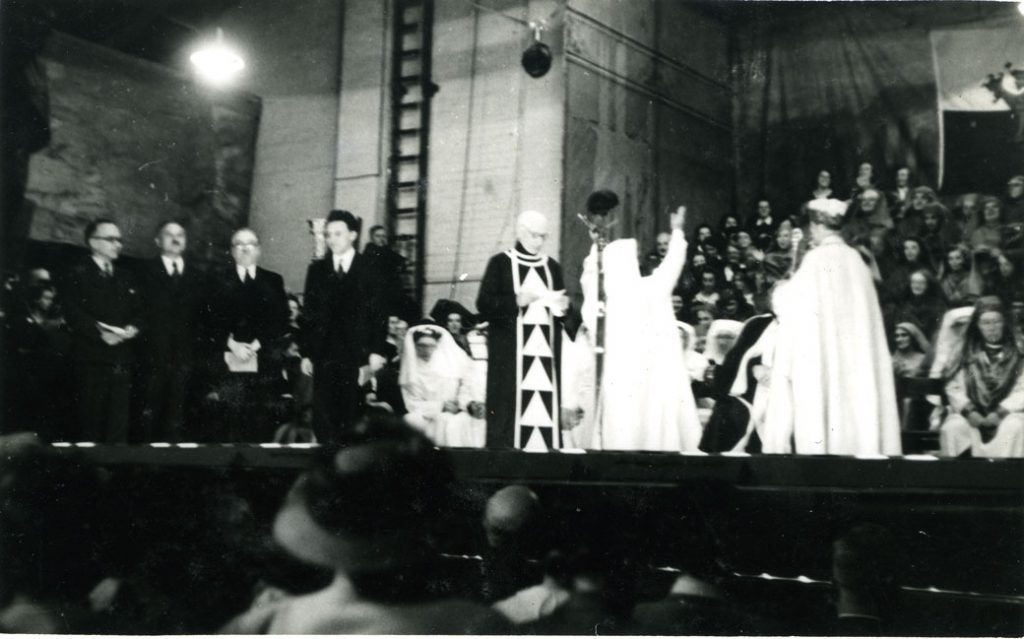
The first suggestion that the unique Welsh concept of an eisteddfod could be adapted to promote international harmony came in August 1943, when four senior members of allied governments-in-exile visited the Welsh National Eisteddfod in Bangor. They were Dr Miha Kick (Deputy Prime Minister of Yugoslavia), Msr Jules Hoste (Deputy Minister of Education Belgium), Msr Juraj Slávik (Czechoslovak Minister of the Interior) and Msr B. Karavaev (Russia). The tour was organised by the British Council; the party’s guide was Harold Tudor, a Coedpoeth-born Liverpool journalist who also worked for the British Council as an assistant regional representative, looking after North Wales from their Manchester office.
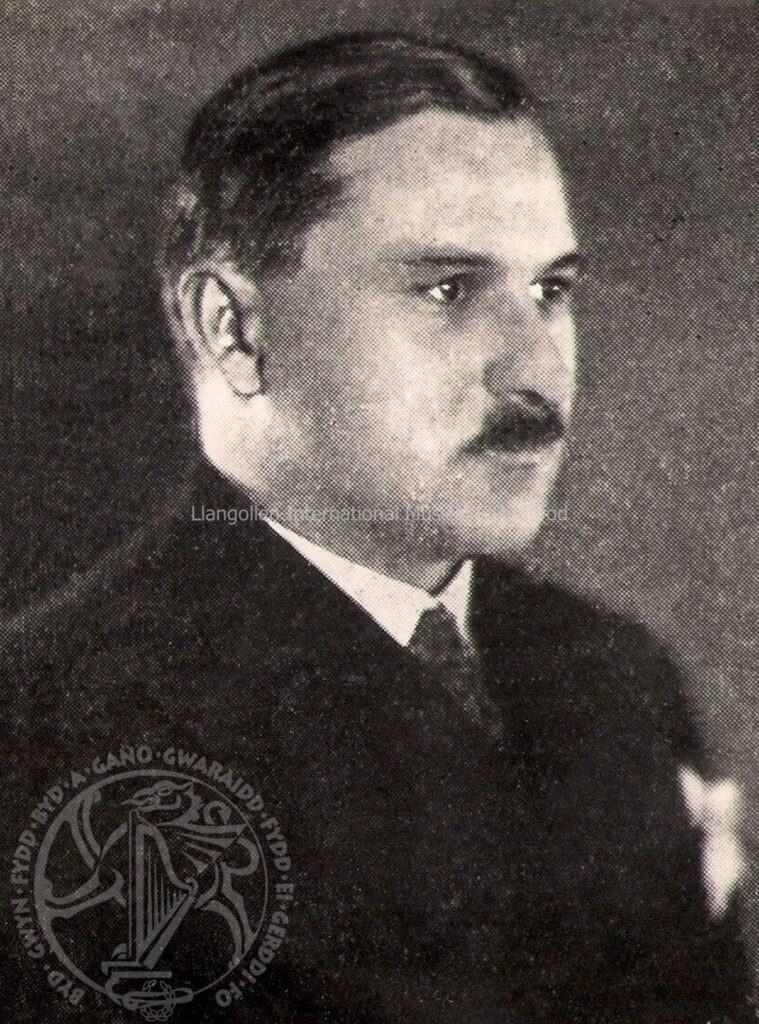
Juraj Slávik was a noted poet as well as a respected politician, Czechoslovakia’s ambassador to the USA after the war. He wrote an essay about his Bangor experience, “Eisteddfod Y Cymru”, stressing four points:
- The contrast between the deathly horror of the war and the vitality of an event celebrating the arts in a beautiful setting.
- The competitive nature of the festival, which encouraged high standards of performance.
- The joy of spontaneous international music making (he extols an evening in Bangor Normal College).
- That after the war representatives of the free peoples would participate in the Welsh festivals, wearing national costumes.
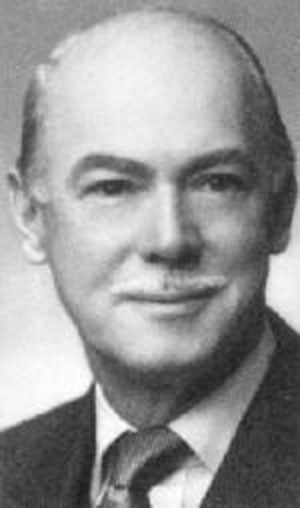
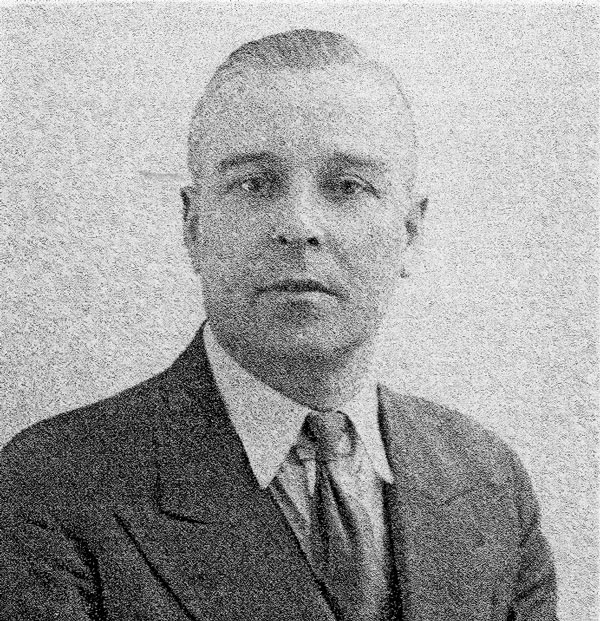
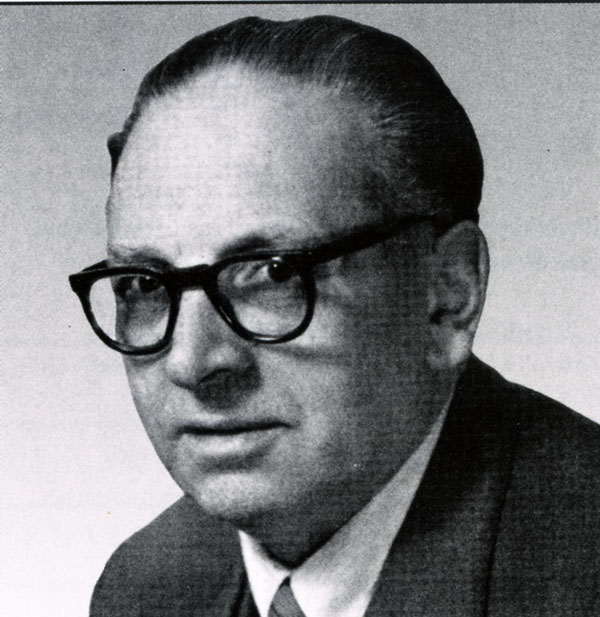
In 1944 the National at Llandybie had an unofficial opening on the Saturday before Eisteddfod week. Its records state “This concert stunned the people by its magnificence. Who can forget the singing of the Polish Army or that of Marian Nowakowski, or Liza Fuchsora and Edward A. Kilenyi on the piano …there was an international atmosphere in the Eisteddfod from start to finish. The people were given the opportunity to compare their standards with the best from foreign lands; the overseas visitors were given the opportunity to learn about Wales, its autonomy and its aspirations.”
Inspired by Slávik’s ideas and the Llandybie experience, Tudor slowly fermented the concept of a postwar international eisteddfod, and in Spring 1945 resolved to make it happen with choirs from many countries. At the Rhosllanerchrugog National Eisteddfod in August 1945 Tudor discussed the concept with W.S. Gwynn Williams[CA1] , music director of the Gorsedd and a Llangollen resident. They approached the National Eisteddfod seeking to add international competition days to the 1947 Colwyn Bay festival, but the idea was rejected because of the National’s concerns about being overstretched, given the expected difficulties of post-war reconstruction.
Gwynn Williams and Tudor sought venues for their festival in towns across North Wales, without success, but in Spring 1946 a solution close to home arose. George Northing, English master at Dinas Brân School and Gwynn Williams’ neighbour on Abbey Road, became chairman of Llangollen Urban District Council in the early April elections. On May 24 his council agreed to develop the festival; on June 4 the decision was enthusiastically captured in the local news sheet, the Tuesday Review.[CA2]
An organising committee was formed, with key posts for Northing (Chairman), Gwynn Williams (Music Director) and Harold Tudor (Publicity Director). A prominent Welsh businessman, Clayton Russon, became a very active President. [CA3] A town meeting in July won further support, and by August sufficient funds (£1,100) had been raised to carry the initiative through to the first ticket receipts. The town recreation field would be the site, a marquee seating 6000 was hired from a company in Chester, and the British Council promised to find overseas choirs. Leading Welsh talents were enlisted to design a trophy and craft a motto[CA4] . A room was donated by the Royal Hotel to use as an office, committees were established to cover aspects like hospitality for the competitors and organising the field;[CA5] newspapers, newsreel companies and broadcasters were alerted and cajoled into recording and reporting; seats were borrowed from chapels; cheap train fares for competitors were negotiated, and extra ration coupons and paper for programmes were extracted from helpful ministries.
40 applications were received and accepted from choirs in 14 countries. Most were from the UK. In June 1947 the town waited for the choirs to arrive.
© Chris Adams 2022





